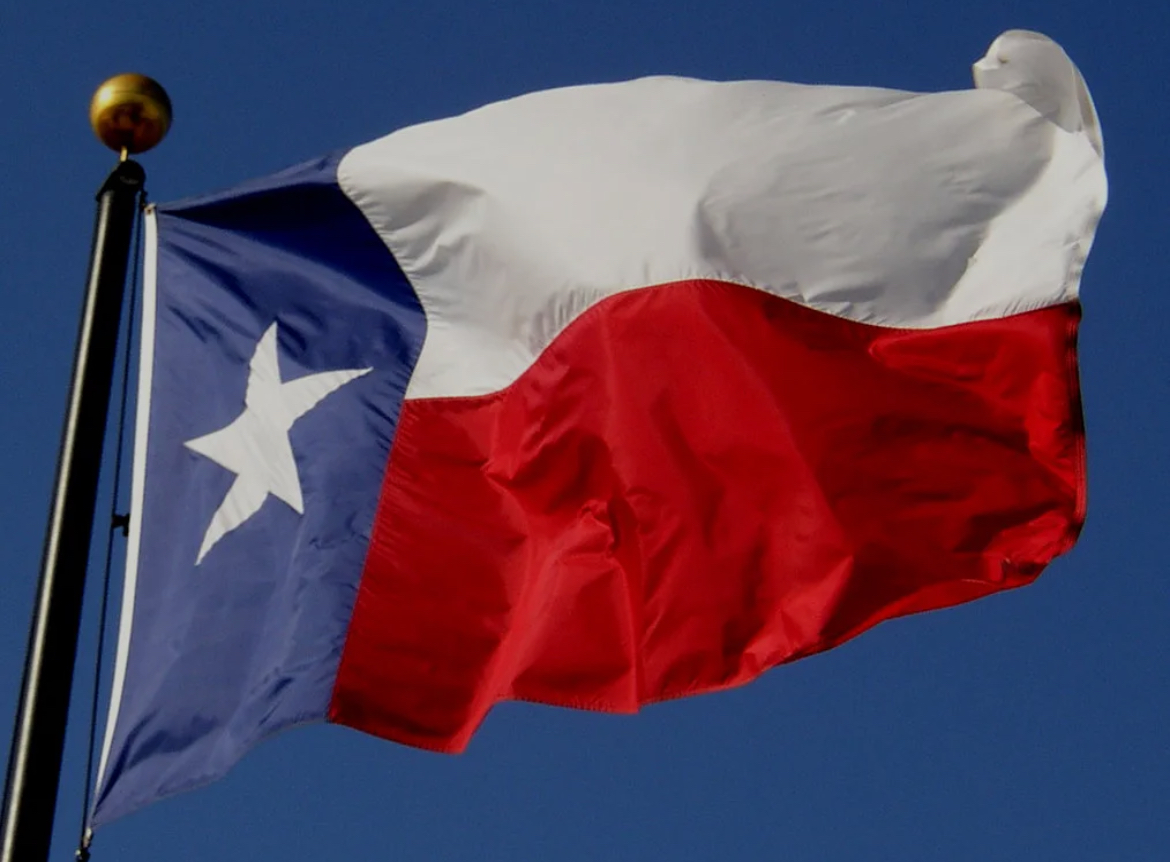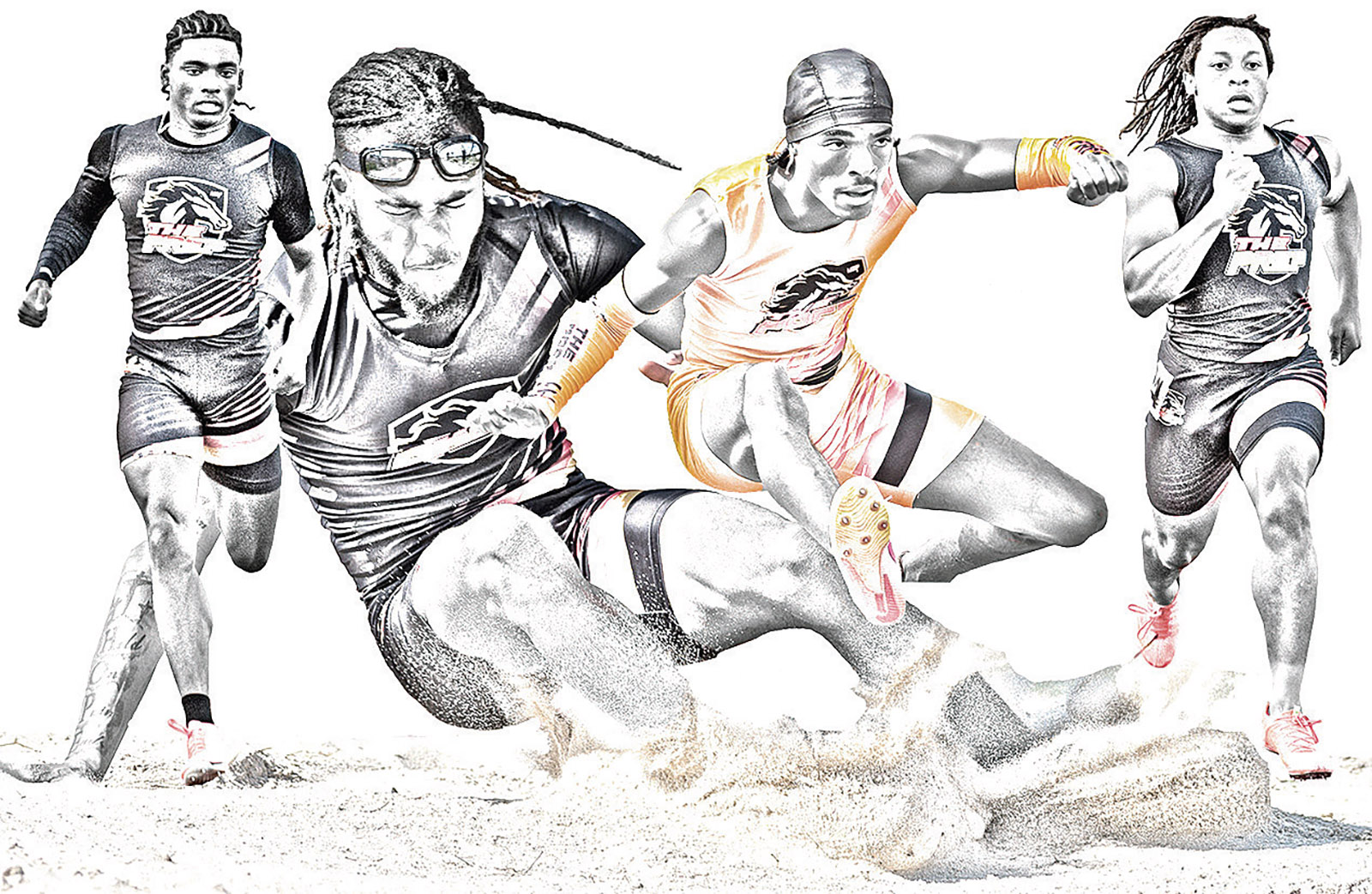Individual behavior slowed rise in cases
Published 6:00 pm Sunday, August 16, 2020
American Press
Coronavirus cases peaked last month in Louisiana, and Jeff Asher says it wasn’t just because of the statewide mask mandate. Asher, a data analyst and consultant, said there’s a good argument that people wearing masks and other individual behavioral changes may have been the reason.
Asher is associated with AH Datalytics and is a public safety analyst. His report on the plateau of COVID-19 cases appeared in The Advocate. He also explained why he thinks certain parishes, like Calcasieu, got hit so hard in the second wave of cases.
A close look at the leveling off of cases shows the real reason is complicated, Asher said. He quotes Youyang Gu, a data scientist, who said there is decent evidence that Louisiana approached a sort of temporary herd immunity in the second wave that led to a decline in infections.
Herd immunity means enough people have gotten a disease and it cannot effectively spread within a population. Gu said herd immunity for COVID-19 might require 50 percent to 80 percent of the population to get the disease.
Asher said the fact that people have responded to the virus over the last few months by wearing masks, social distancing, avoiding risky activities and other societal changes means a sort of temporary localized herd immunity might be achieved at a much lower infection rate.
Gu came up with a formula dealing with the percent of coronavirus tests that are positive. It shows that infections crossed a 12 percent threshold in early July, about a week before the number of cases peaked.
“This may help explain why certain parishes, like Calcasieu, got hit so hard in the second wave while Orleans Parish had a much milder increase,” Asher said. “Only about 2.5 percent of Calcasieu Parish residents had been infected as of mid-June per Gu’s formula, compared to 21 percent in Orleans Parish.”
Asher said Calcasieu cases peaked around July 2 when as estimated 13 percent of the parish’s population became infected and began to decline when about 20 percent of the population was estimated to be infected.
Calcasieu Parish was likely slower to embrace wearing masks, he said. He added that of the 21 parishes with populations of 50,000 or more, Calcasieu Parish had the highest portion of residents who said in a New York Times survey that they rarely or never wore a mask.
Asher ended his report with some good news. He said more widespread mask usage and the limits on gatherings through the governor’s bar closure order should help reduce the disease’s spread and hopefully stifle any future outbreaks.





